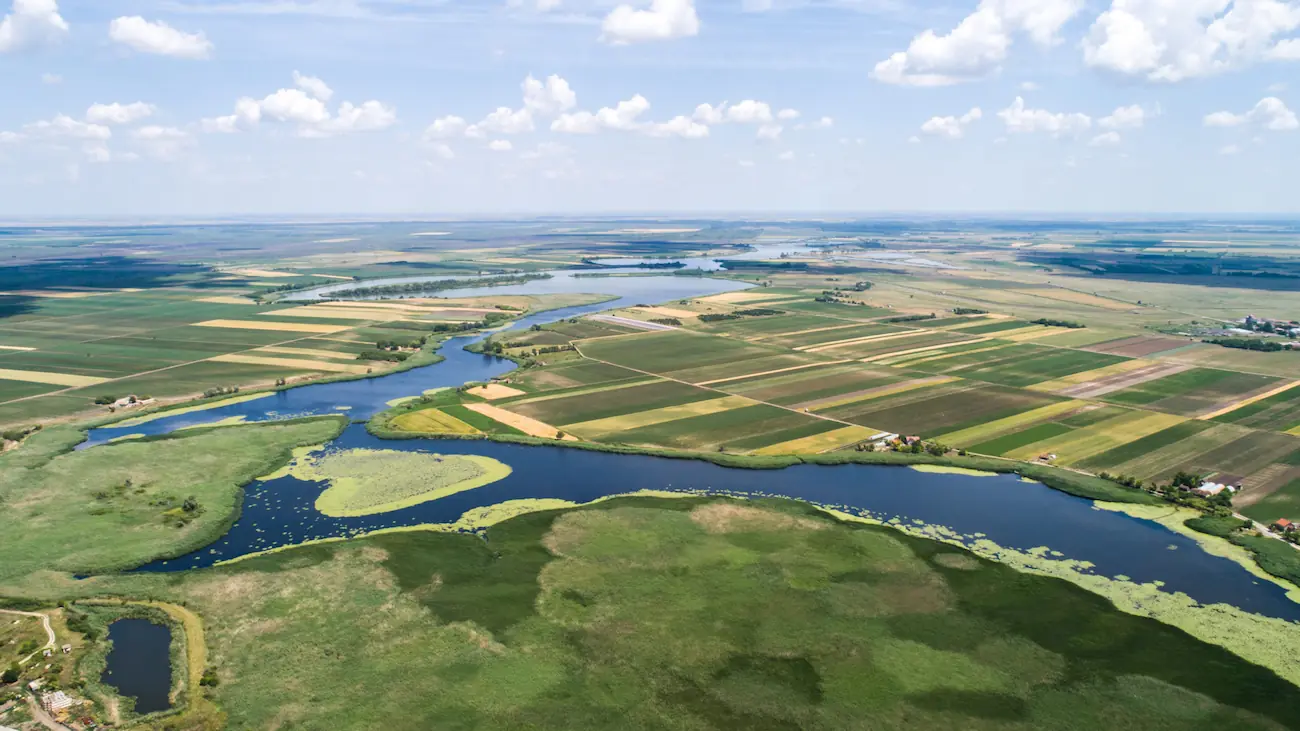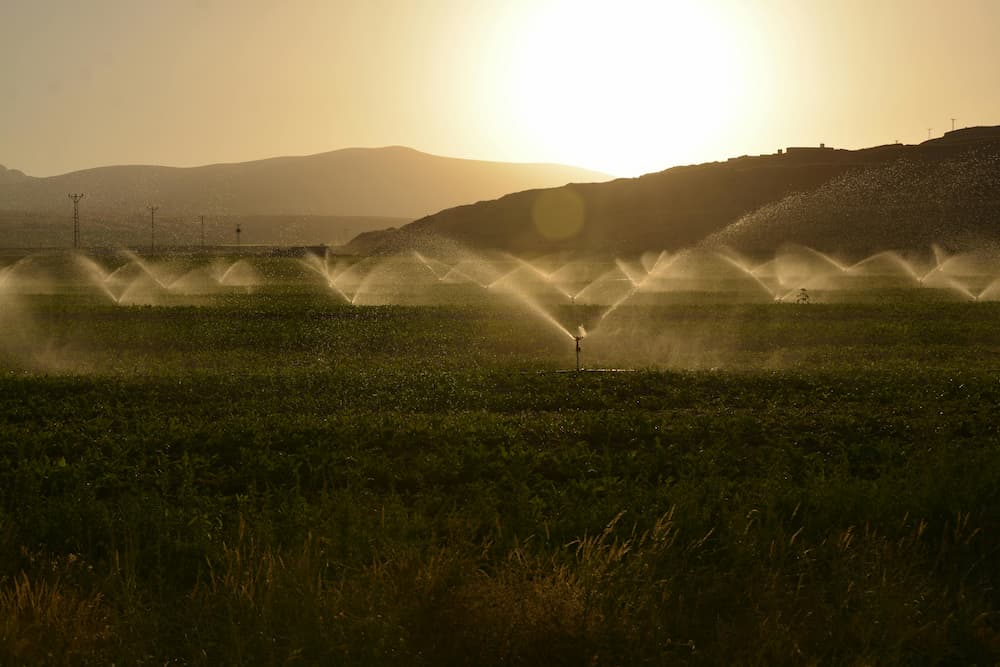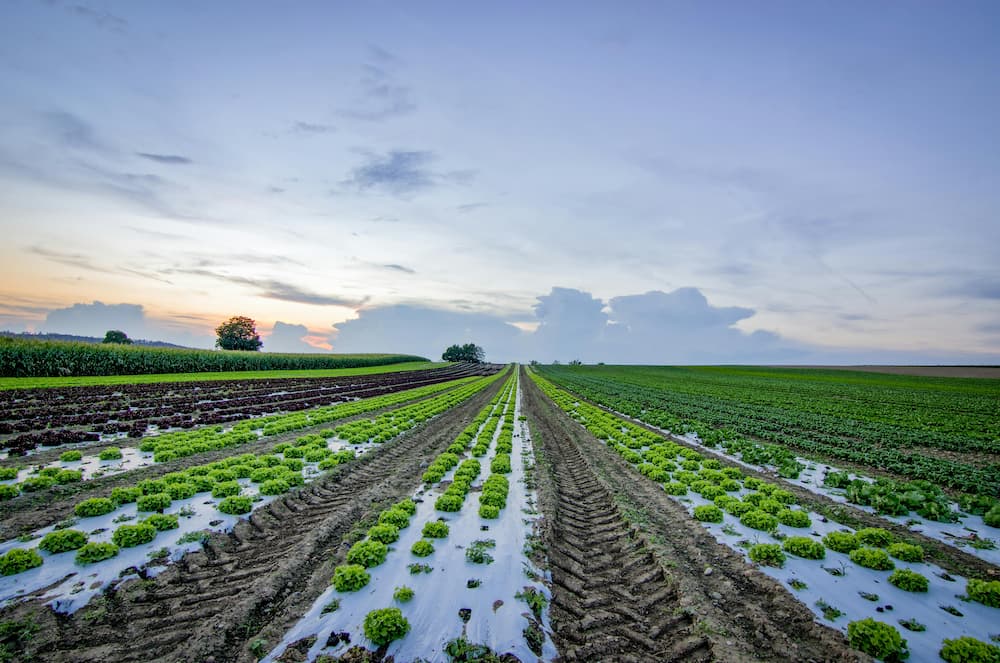Irrigation Ponds
Water is vital for agriculture, but algae in irrigation ponds—driven by heat and nutrient runoff—can release toxins and contaminate crops. Farmers must manage this to meet strict food safety expectations.


Effectively and efficiently eliminating algae from irrigation ponds
Water is the lifeblood of agriculture, but today’s farmers face growing challenges beyond supply—namely, the rise of algae in irrigation ponds. Climate change and nutrient-rich runoff from fertilizers fuel algae blooms, which can release harmful cyanotoxins, contaminate crops, and pose health risks. With increasing pressure from consumers and retailers to maintain food safety and quality, controlling algae has become a critical part of agricultural water management.

Addressing a Growing Problem Within a Static Budget
Taking responsibility for irrigation pond algae treatment doesn’t mean that the farmer can charge higher prices to cover their costs, especially when they are competing in markets where not all suppliers face similar problems with algae.

Add Algae Control to the Digitized Agricultural Operation
Today’s farms are highly digitized and analyzed, with data is being captured and reported on crop production and productivity down to the acre. Existing algae control solutions like chemicals and aerators don’t report on their operation or efficacy.

Protect Water Irrigation Infrastructure
The problem goes beyond removing harmful algae and associated toxins from the irrigation pond itself. Algae can also clog and damage infrastructure such as pipes and filters that cycle water.
Traditional solutions to eliminating algae fall short
Typically, farmers rely on filtration, the application of algaecides, and the placement of an aeration device on their irrigation ponds. While chemicals can be effective and fast in killing algae, they can have harmful effects on the environment and require frequent applications. The chemicals also need to be handled and stored safely. While aeration devices help to reduce the food supply for algae, they can be expensive, and while helpful in contributing to water health, they don’t directly kill algae. Farmers need a more reliable and extremely cost-effective means to address algae, one that makes his customers confident that toxins are removed from the food supply.

Ultrasound eliminates algae in agricultural irrigation ponds

LEARN





